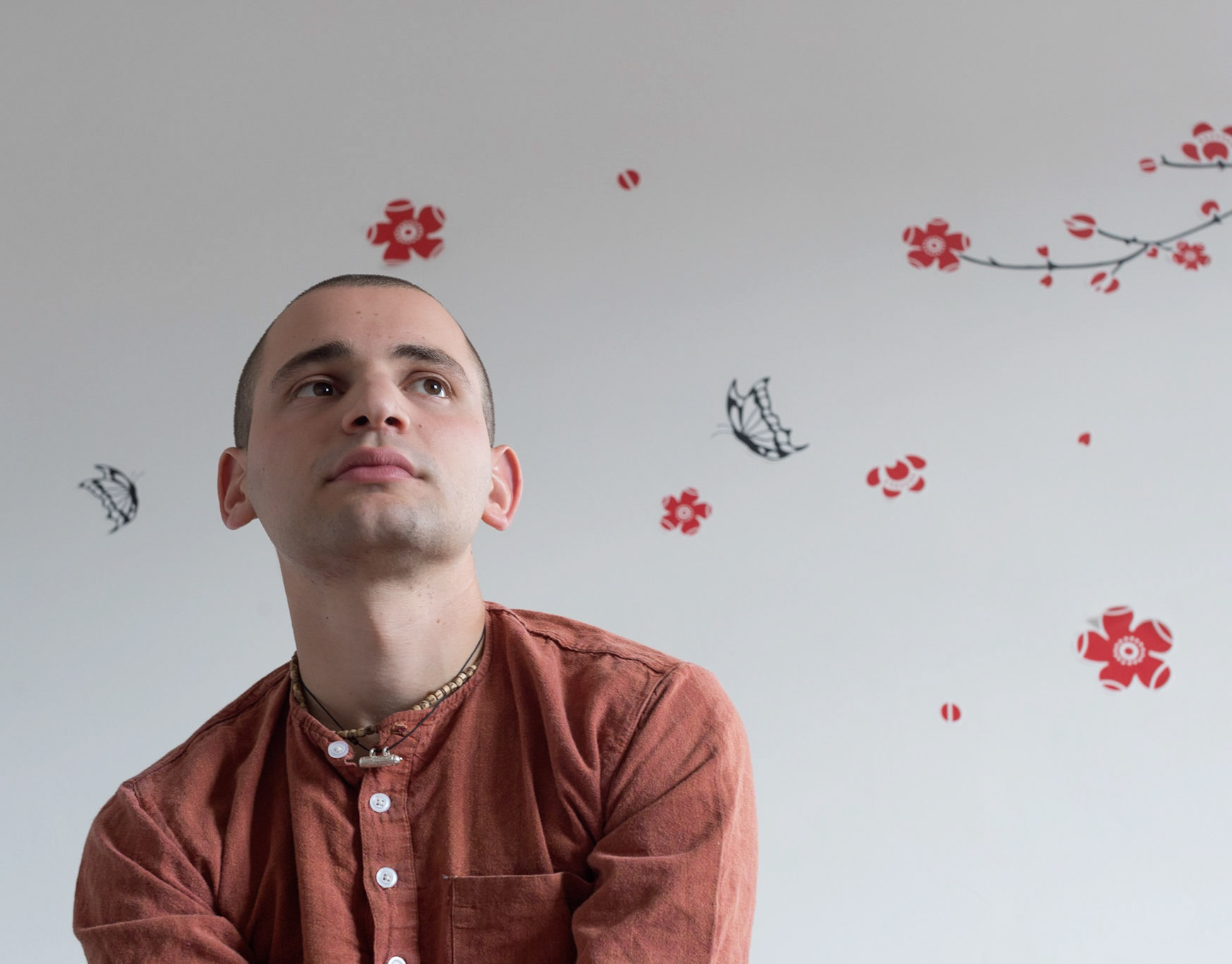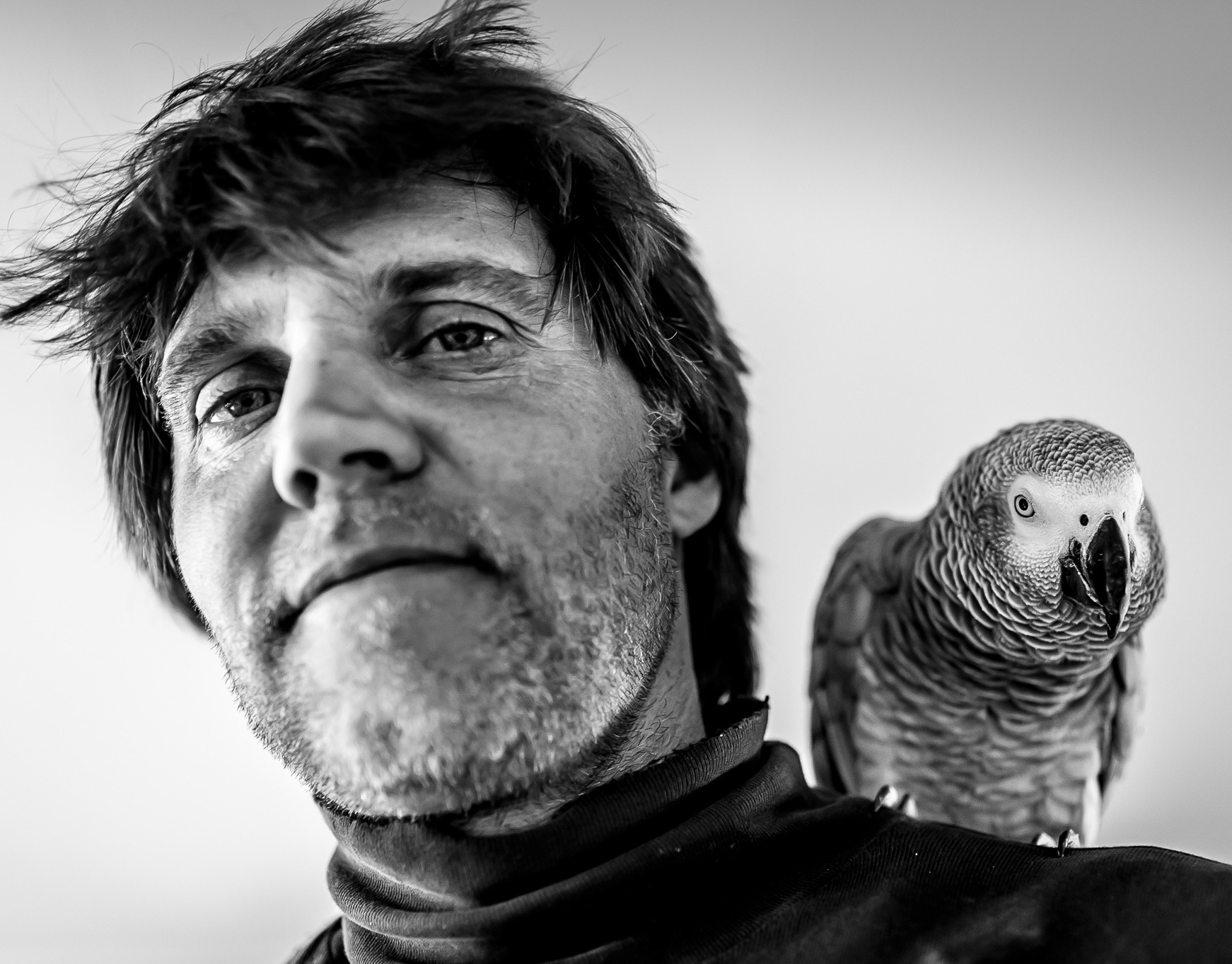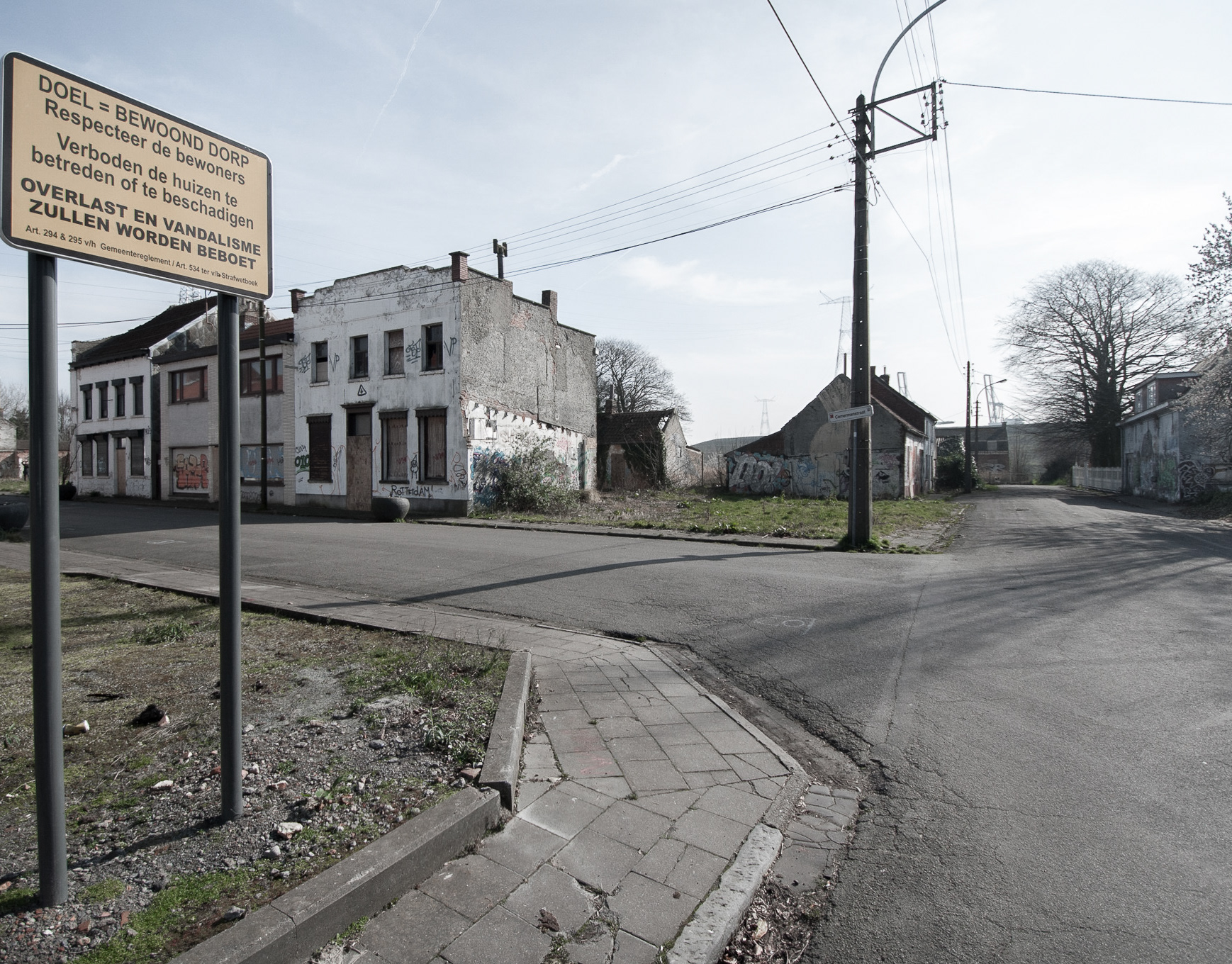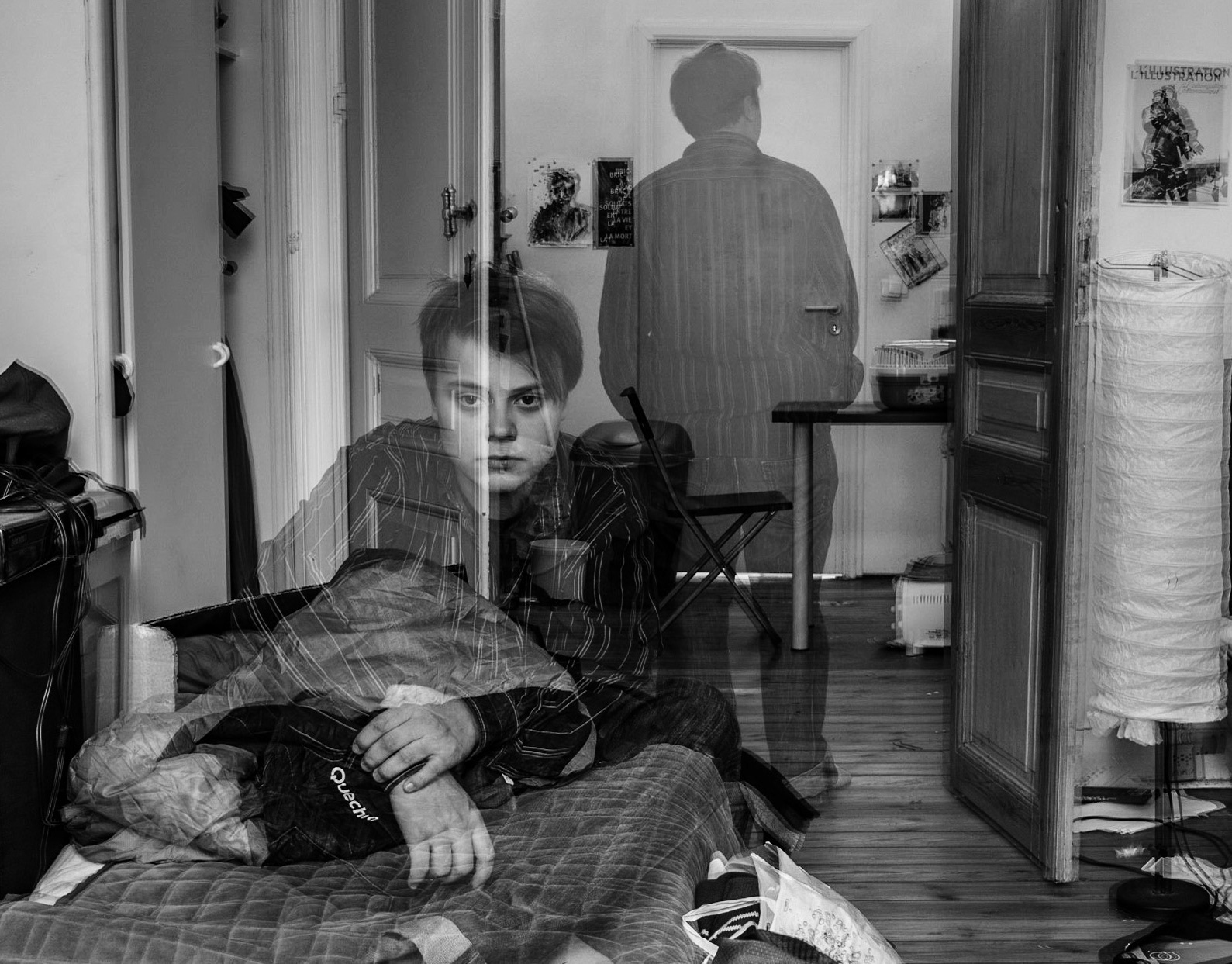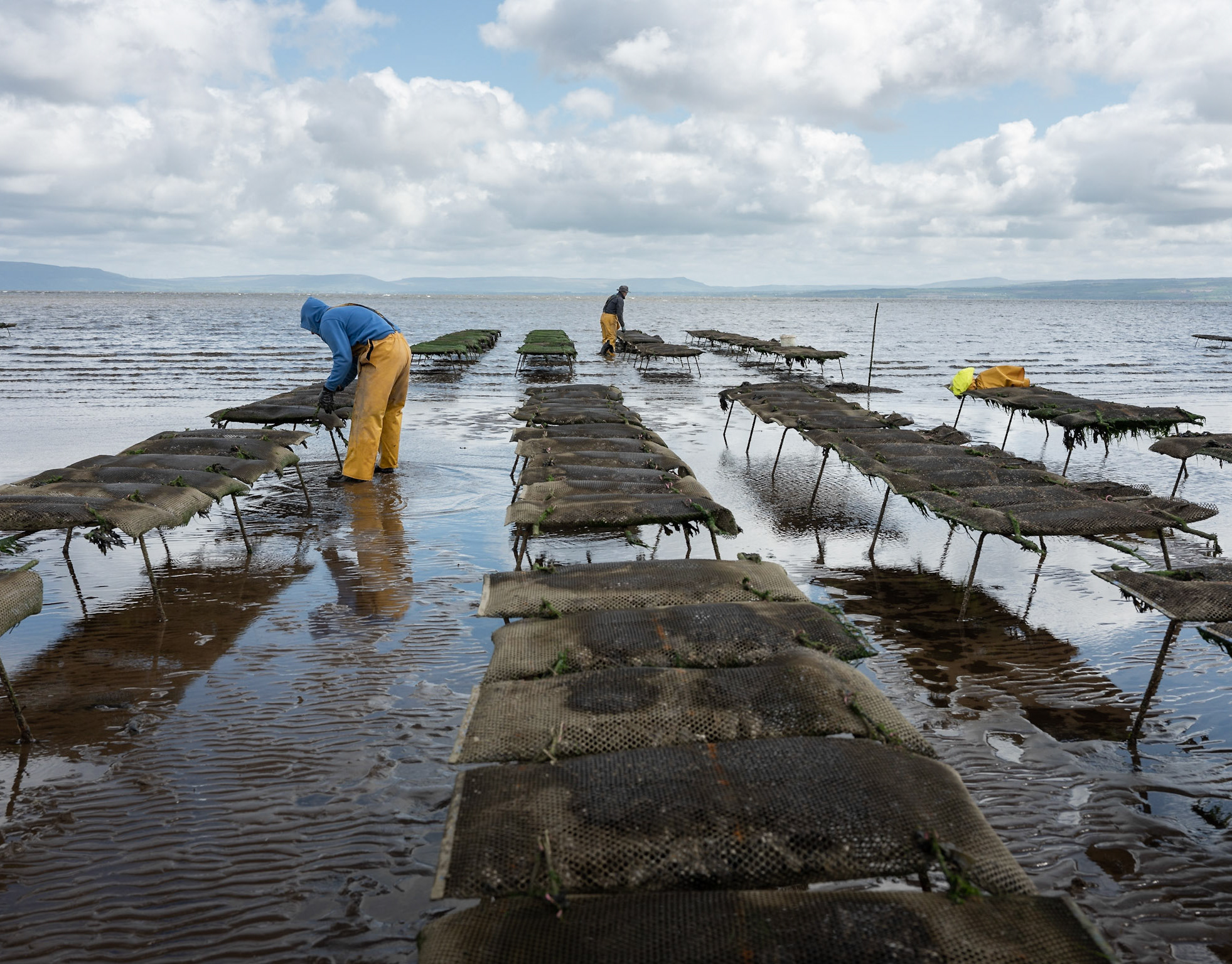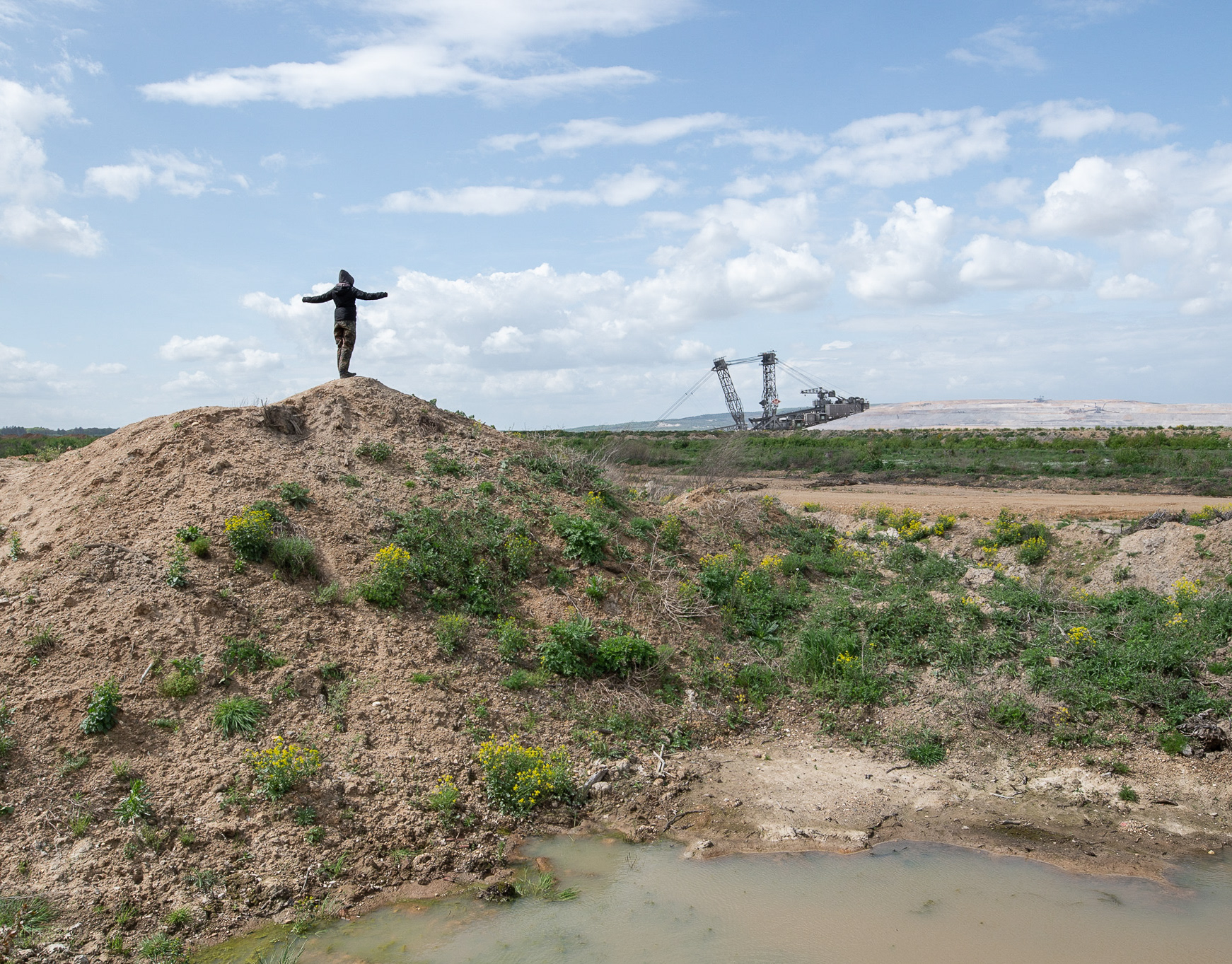Station Island
Going to Lough Derg Island as a photographer is, I guess, my attempt to find big magic, to witness whether spirituality is still very much alive. Although the annual declining numbers of pilgrims visiting this sacred place seem to suggest the opposite, what I found was an unwavering faith and dedication on behalf of the staff and a contagious level of devotion among the pilgrims. I was taken by the hospitality of the people regardless the fact I was a photographer, observing, catching a sense of the place and passing through. Lough Derg is located in the Republic of Ireland about a ten-minute drive from Pettigo, a small town straddling the border between the Republic and Northern Ireland. Lough Derg island can be reached by boat and is known by several names: The Sanctuary of St. Patrick, Station Island and St. Patrick’s purgatory. It has been offering pilgrimage retreats for the last 1500 years. Nowadays, the clergy and support staff oversee a three-day pilgrimage during the summer. This pilgrimage takes the form of a 3-day fast prayer and penance, called stations. In total there are 9 stations that need to be completed in a prescribed order. Each station is located at a specific location on the Island, such as the Basilica or the “Beds”, or is associated with specific religious symbols such as St. Brigid’s Cross. Visitors renew their faith at each station through worship, prayer, penance or renouncing the devil and the flesh in a specific manner and frequency. Fasting begins at midnight prior to the day of arrival and ends at midnight on the third day. However, pilgrims may indulge in one daily meal of dry bread and oat crackers. After having checked in and footwear removed the visitors are expected to complete three stations, starting in the Basilica, before 9pm the first day. Around 10pm the Vigil begins and pilgrims must complete stations 4 to 8 throughout the night and attend morning mass at 6.30am without any sleep. The Vigil finally concludes that second day at 10pm and pilgrims are now allowed to get some sleep until the morning wake-up call at 6am on the third day. The third and final day consists of attending a closing mass and completing the 9th station before departure by boat at 9.45am. During my stay I met Olivia. As for many of the pilgrims - some of whom have been “doing” Lough Derg more than 30 years - she visited Lough Derg several times. She describes it a “super spiritual place”, “nowhere like it on earth” and an “experience that completely affects your soul”. Visiting sacred places such as Lough Derg is perhaps not so much about becoming a believer as being submerged in the experience of being three days without shoes, up all night, fasting and praying, and longing for that connection, that inner stillness and tranquility our modern world not longer seems to value, or it would come in the form of a pill. Automatically the question comes to mind, could one question a +1500 years old practice without being judgmental about it. One shouldn’t really and neither is it important. St. Patrick’s purgatory with its stone punctured feet, empty stomachs and sleep deprived minds is a place where one can become still, reflect on one’s place in the world, and where community and family, forgiveness and equality are celebrated as the cornerstones of humanity.

